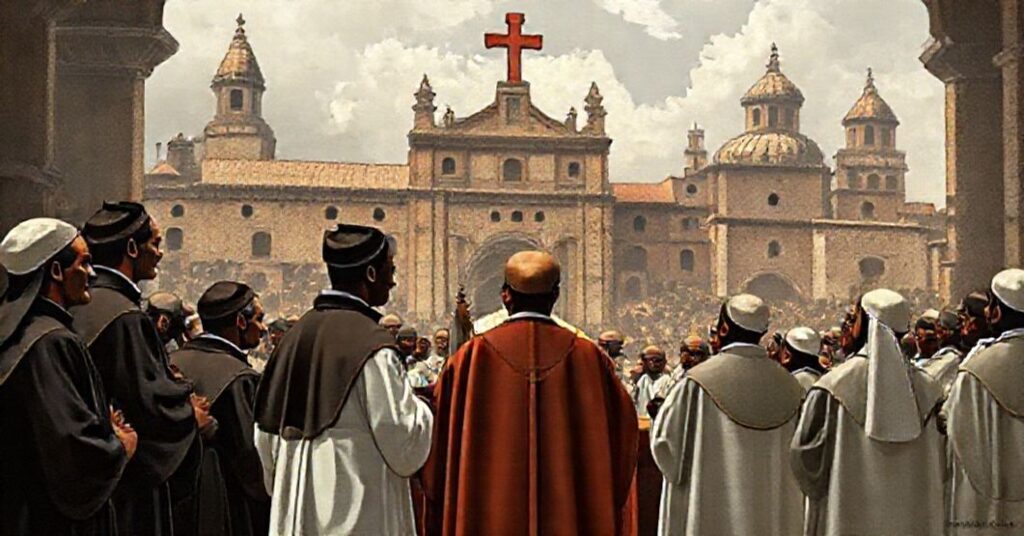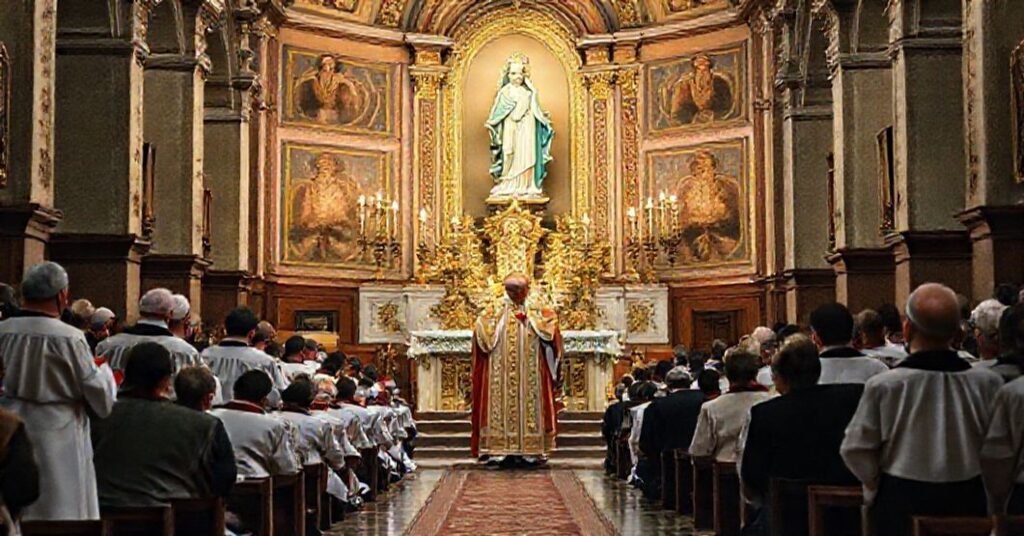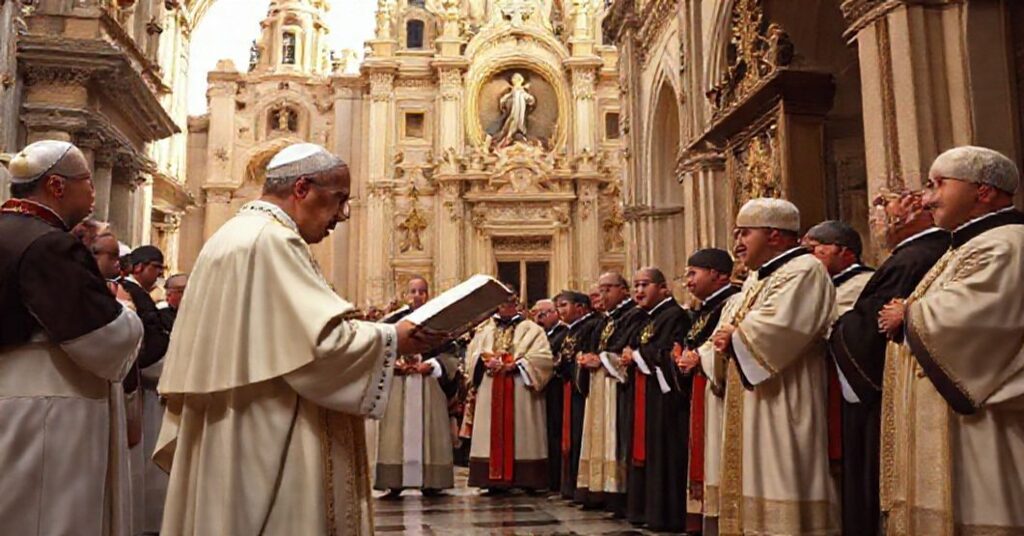MUNDUENSIS (1959.02.19)
The text titled “CONSTITUTIO APOSTOLICA MUNDUENSIS” (19 February 1959), issued by John XXIII, announces the elevation of the Apostolic Prefecture of Moundou (in former French Equatorial Africa) to the rank of a diocese “Munduenis,” assigns it as suffragan to Fort-Lamy (Banguensis), entrusts it to the Capuchins, defines its cathedral, seminary, episcopal revenues, and subjects all governance to the Congregation of Propaganda Fide and common canon law, with the usual juridical formulae guaranteeing validity and execution. Behind this apparently technical act of ecclesiastical organization stands the programmatic transition from the integral missionary Kingship of Christ to a bureaucratic, geopolitical management of souls, preparing the way for the conciliar revolution that would soon enthrone man instead of Christ.










